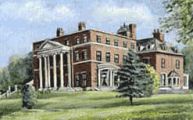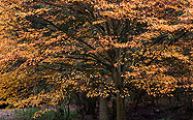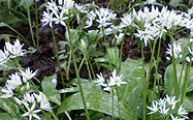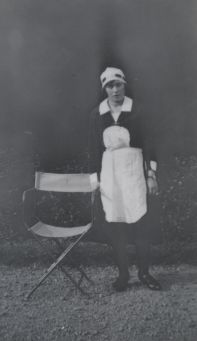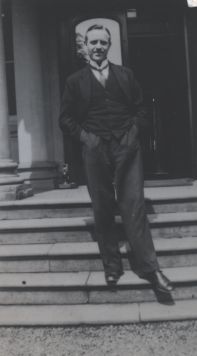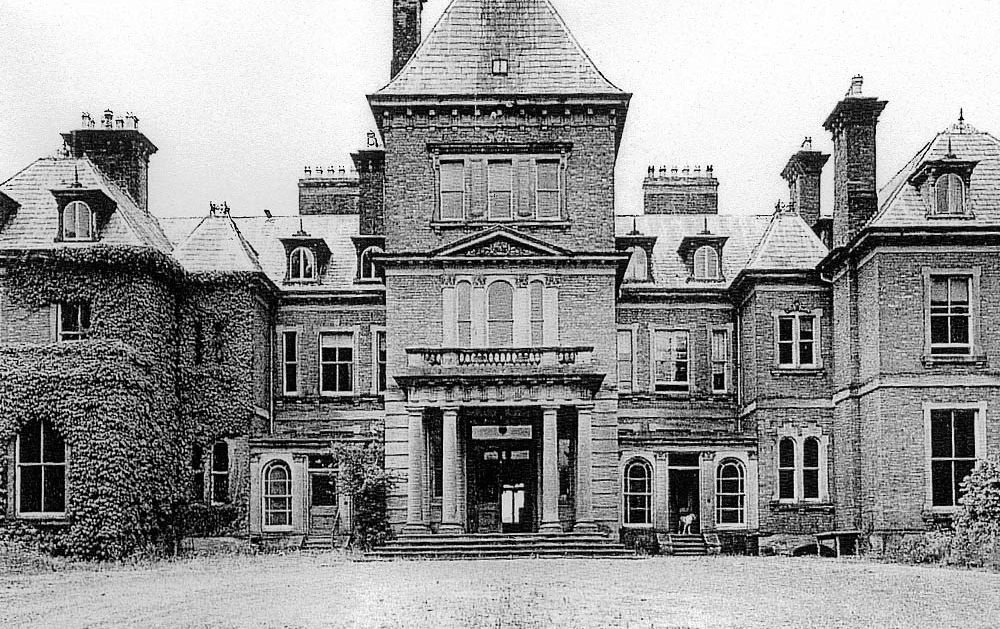

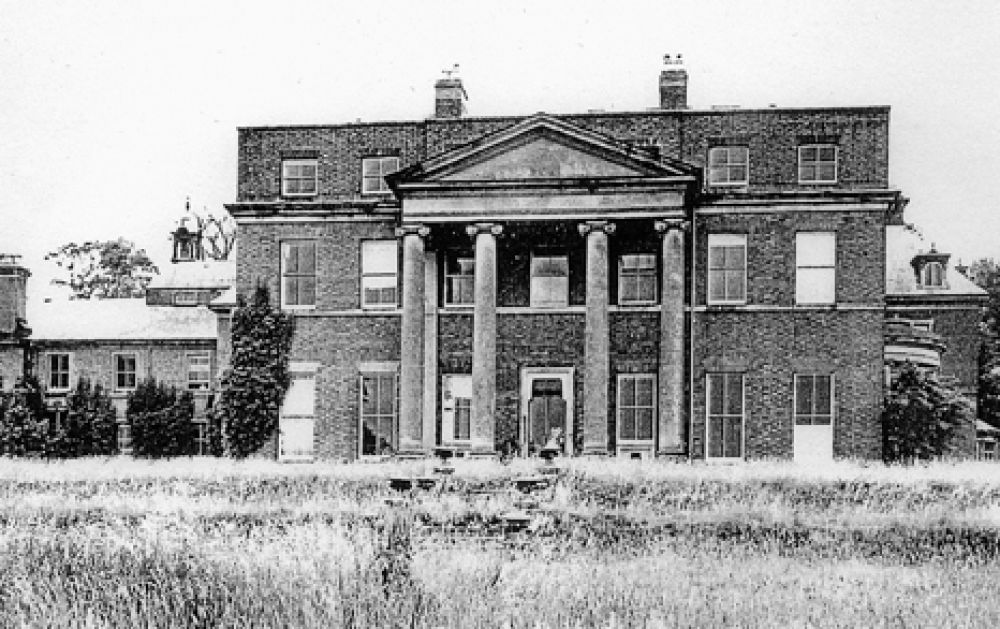
The Mansion House
St John Charlton (Francis Charlton's grandson) willed his residuary estate to his son St John, b 1799, on the express condition "that he expands the residue on building a convenient Mansion House, with proper offices and other improvements on the site or near Apley Castle, for the habitation of himself and his family".
Plans for the new house, also called Apley Castle, were approved in October 1791. Costing £4,622 and 8 shillings, the contract stipulates "The bricks to be made on the estate. Anything required to be taken from the old house, which at the same time is to be turned into the stables and outhouses."
The mansion was of the Georgian style with tall Corinthian pillars to its entrance porch, from which a drive of considerable length led to the town of Wellington.
St John Charlton Chiverton (born 1799) inherited the new house and married Sophia Meyrick a rich heiress in 1820 and also changed his name to Meyrick. He ordered the construction of a French Gothic facade to Apley, laying out an elaborate garden with terraces and parterres.
The estate also included a square walled garden built in 1795, connected to the House by a path known popularly as "Her Ladyship's Walk". The garden provided a mixed crop of flowers, vegetables and fruits including, pineapples. Adjoining the East wall of the original medieval garden is an Ice House, which stored ice taken from the Apley pools when frozen over in winter, and a Dovecote.
Throughout the 19th century members of the Charlton family distinguished themselves as soldiers in the Indian Wars and in the Crimea. Whilst serving in India, Captain St. John Chiverton Charlton, an able botanist, is credited with the discovery of the tea plant, whose subsequent cultivation contributed much to the economic development of India.
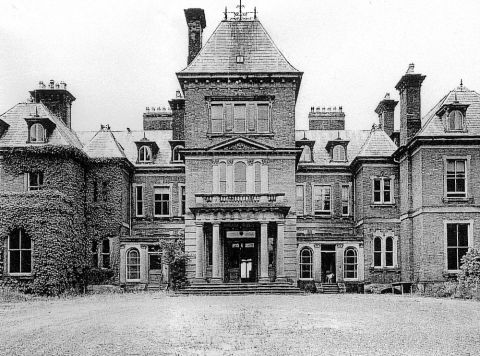 The old mansion house
The old mansion house
Friends of Apley Woods are now on Facebook.
You can now follow Friends of Apley Woods on Twitter

